- Home
- Material Handling
- Transporting
- Carts Trucks
- Shelf Utility Carts
.....Read More

Flow-Through Metal Shelf & Utility Carts
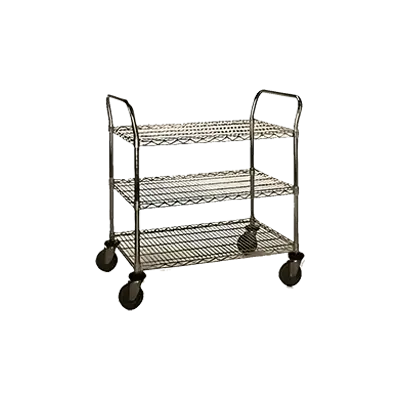
General Purpose Metal Shelf & Utility Carts

Low-Profile Metal Shelf & Utility Carts
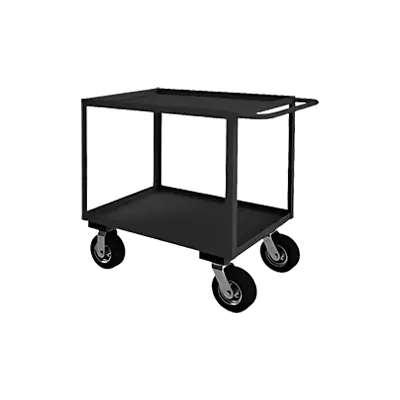
Metal Shelf & Utility Carts for Instruments
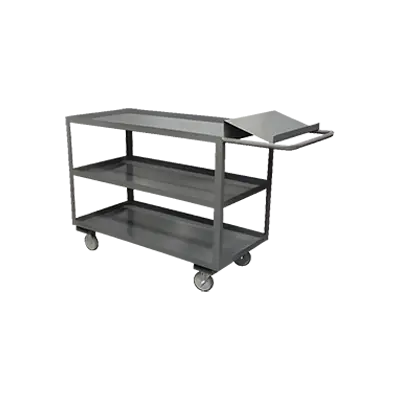
Order-Picking Metal Shelf & Utility Carts with Writing Surface

Plastic Shelf & Utility Carts
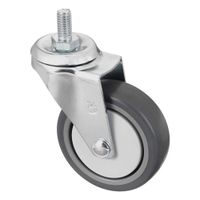
Shelf & Utility Cart Accessories
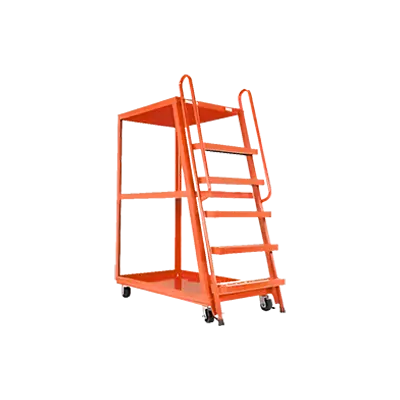
Vertical-Access Metal Shelf & Utility Carts with Ladder
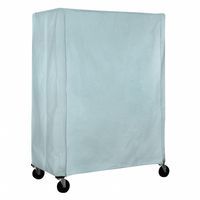
Wire Shelf & Utility Cart Covers
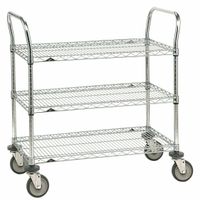
Wire Shelf & Utility Carts
Frequently Asked Questions
What are the benefits of using a utility cart?
How do I choose between a plastic and metal utility cart?
What is the weight capacity of a typical utility cart?
How do I maintain and clean a utility cart?
Are wire utility carts suitable for outdoor use?
What are the common uses for utility carts in a workplace?
How do I assemble a utility cart?